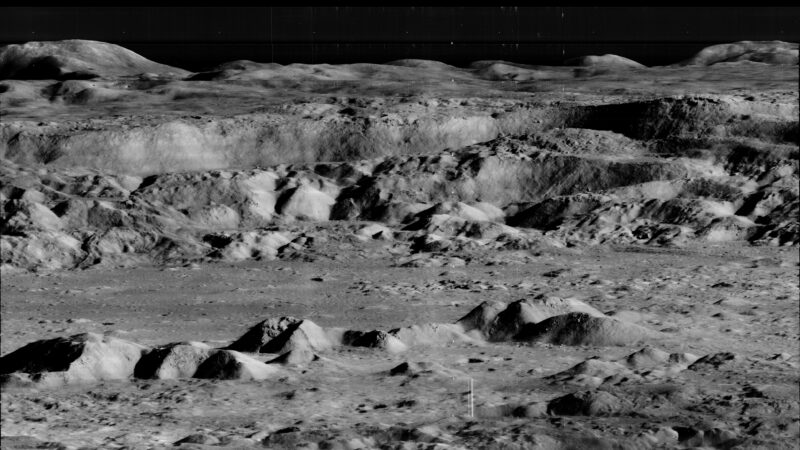
Last week, the first part of this story (available HERE) described the cancelled Apollo 18 mission to Schroter’s Valley. This week’s conclusion outlines the two missions which would have followed.
Dick Gordon’s Apollo 18 mission would have been followed by Apollo 19 in April of 1974. The commander of the flight would likely have been Fred Haise, who lost his first opportunity to walk on the Moon when Apollo 13 was crippled. Haise would have been accompanied by two rookies. Bill Pogue would have served as Command Module Pilot. The Lunar Module Pilot slot would have been filled by Gerry Carr, although NASA discussed flying physicist Don Lind in his place.
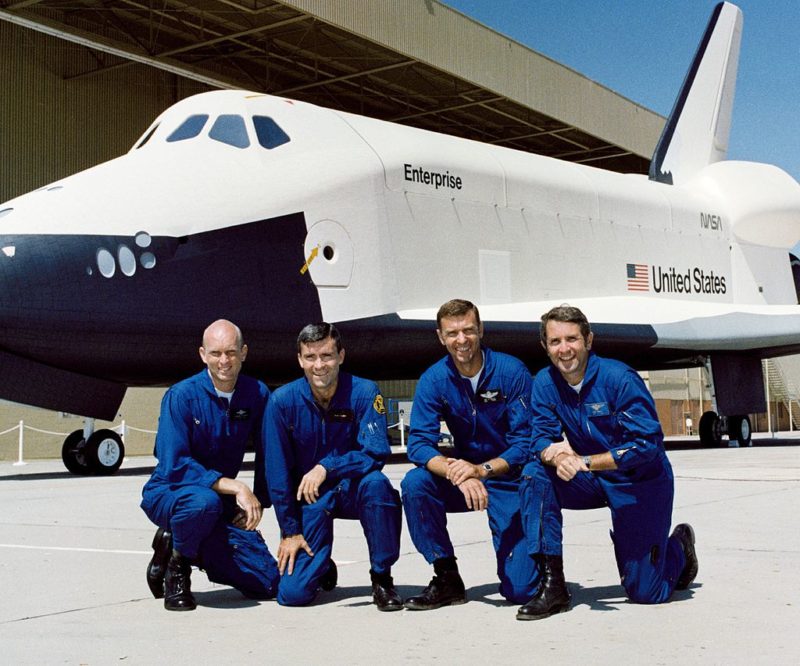
It is likely that one of the three cancelled Apollo missions would have visited the Marius Hills. This region was a perennial finalist for the first three J-missions, but it was always rejected due to various technical constraints, scientific factors, or personal preferences. If Apollo 18 landed at Schroter’s Valley, the hills would have been on the short list for Apollo 19. There was ample justification for the interest in the region. The Marius Hills are a cluster of dozens of gently-sloping volcanic domes. There is nothing else like them on the lunar surface; they represent a unique chapter in the Moon’s volcanic history. During the Apollo era, the domes were thought to be the products of recent volcanism, though modern studies have concluded that they are considerably older.
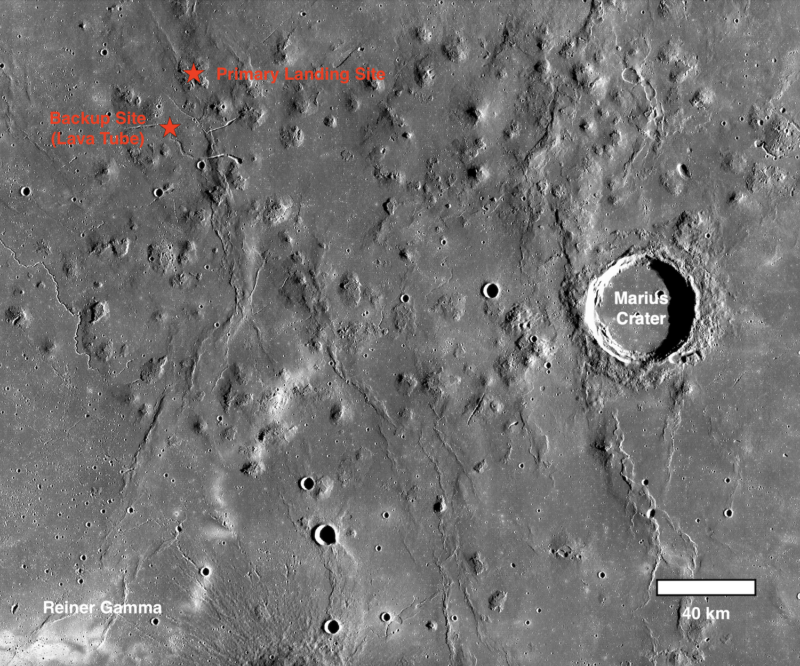
The Marius Hills region is nearly 100 miles wide. Therefore, Bellcomm and NASA proposed several candidate landing sites within the area. For the purposes of this article, we will assume that Haise and Carr would have landed in an area mapped by the eminent planetary volcanologist Ronald Greeley [3]. His paper was the last and most thorough study of the Marius Hills conducted during the Apollo era. Unbeknownst to Greeley, his map also contained a shocking surprise which was invisible in contemporary orbital data.
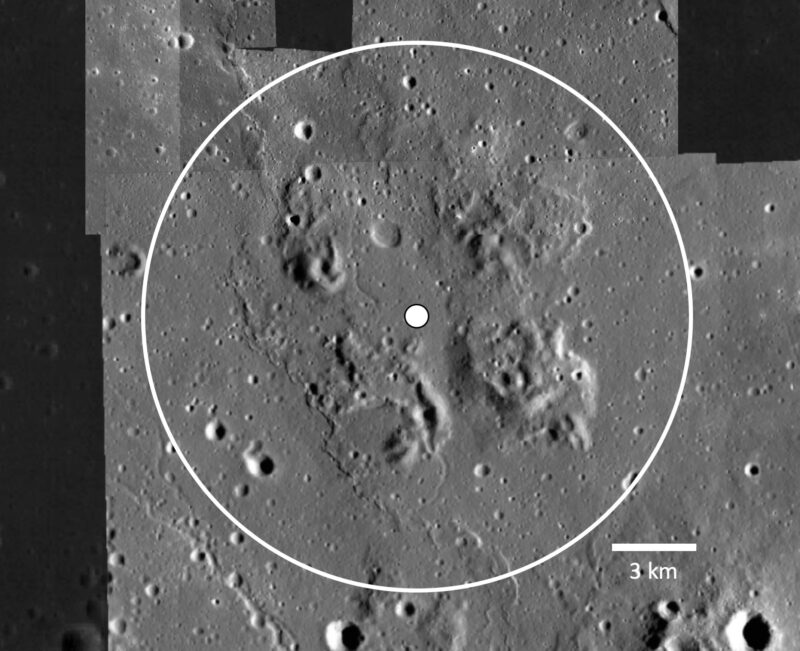
When Haise stepped off the footpad of the Lunar Module, he would have been met by a landscape which would have made the ordeal of Apollo 13 worthwhile. The Apollo 19 crew would have been surrounded by the domes which give the Marius Hills their name. Unlike the imposing mountains which were visited by the crews of Apollos 15 and 17, the hills are gently-sloping features which range between 500 and 1,500 feet in height. They are miniaturized analogs of Hawaii’s shield volcanoes. Haise and Carr would have been occupied by a variety of volcanic features. They could have driven up the flanks of up to four of the domes; in one case, they could have reached its summit. In addition, they would have sampled putative cinder cones, the flood basalts surrounding the area, and a small rille. Their samples would have unraveled how lunar volcanism produced such a complex area – a mystery which remains unsolved today.
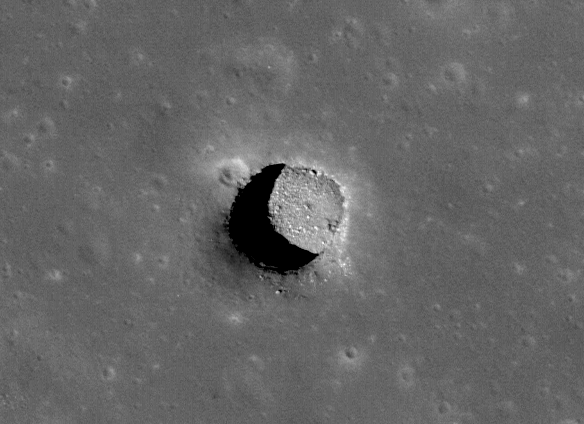
Ronald Greeley’s preferred landing site was located at the intersection of four volcanic domes, which formed a roughly rectangular pattern. However, he also proposed alternative field stations throughout the local area. One of these sites was near a large covered lava tube, which was located within driving distance of two other domes. If Haise and Carr had driven their LRV along the edge of this feature, they would have made the most shocking discovery of the Apollo program. The Marius Hills lava tube contains a skylight, which was created when a portion of its roof collapsed. Even though it was not on their itinerary, it is hard to imagine Haise and Carr resisting the chance to investigate this gaping pit if it was within view. Lava tube skylights are often proposed as ideal locations for a lunar colony, as they are insulated from dramatic swings in temperature and sheltered from radiation.
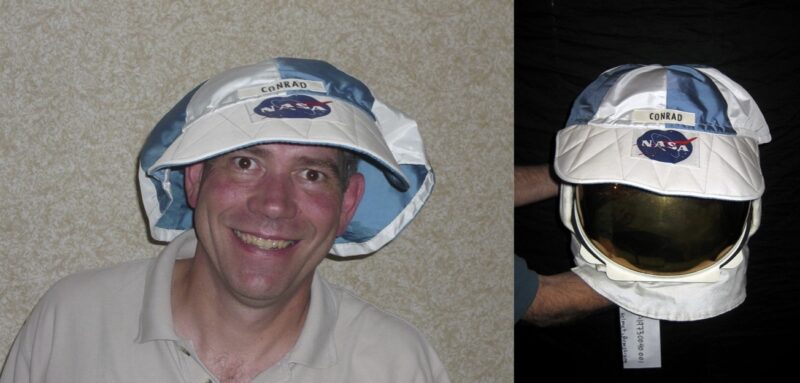
All good things must come to an end. Even with the addition of three Moon landings, the first era of lunar exploration would have concluded with Apollo 20 in December of 1974. The identity of the crew for this mission is particularly murky, since the backup crew for Apollo 17 was announced after the mission’s cancellation. According to NASA’s David Williams, Pete Conrad, the commander of Apollo 12, would have also commanded Apollo 20 [4]. In doing so, he would have become the only man to walk on the Moon twice. It is left to the reader to imagine how the jovial, wisecracking Conrad would have approached the role of the last man on the Moon. Perhaps he would have donned the oversized baseball cap which he failed to smuggle onto Apollo 12. Jack Lousma would potentially have been Conrad’s partner on the lunar surface, while his future Skylab crewmate Paul Weitz would have piloted the Command Module in lunar orbit.
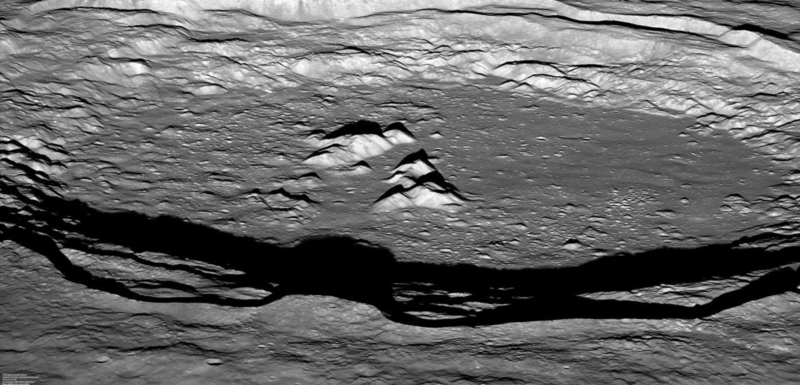
In every way, Apollo 20 would have been the grand finale of the Apollo program. Ever since NASA began selecting Apollo landing sites in 1968, lunar scientists had wanted to send a mission to a young complex crater. Their preferred destinations were Copernicus Crater and Tycho Crater. Both of these imposing basins are approximately 50 miles wide. They have towering central peaks and extensive ray systems which are visible with the naked eye from Earth. In short, either site was a geologist’s paradise. Apollo program manager Jim McDivitt told lunar scientists that they would go to the particularly rocky Tycho site “over my dead body.” However, the engineering team believed that a landing inside Copernicus was an attainable goal. Landing inside the crater would have been a bold objective, but prior to the cancellation of Apollo 20, geologists and engineers seemed to agree that the scientific reward would be worth the risk.
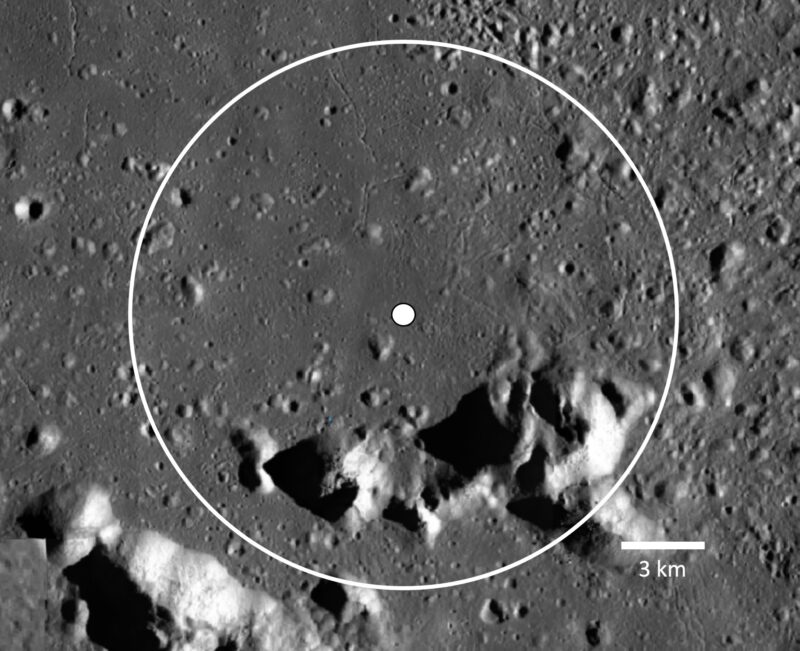
Conrad and Lousma’s Lunar Module would have followed a hair-raising low-altitude trajectory over the rim of Copernicus Crater. Once they cleared the rim, Conrad would have searched for a safe landing site amidst the hummocks and fractures of the crater’s floor. He would have been aided by the knowledge accumulated during eight prior lunar landings, particularly his personal experience from Apollo 12. There is no question that Copernicus would have been the most hazardous Apollo landing site, but Conrad was renowned for his instinctive abilities as an aviator. NASA would have been confident in his ability to complete Apollo’s natural climax.
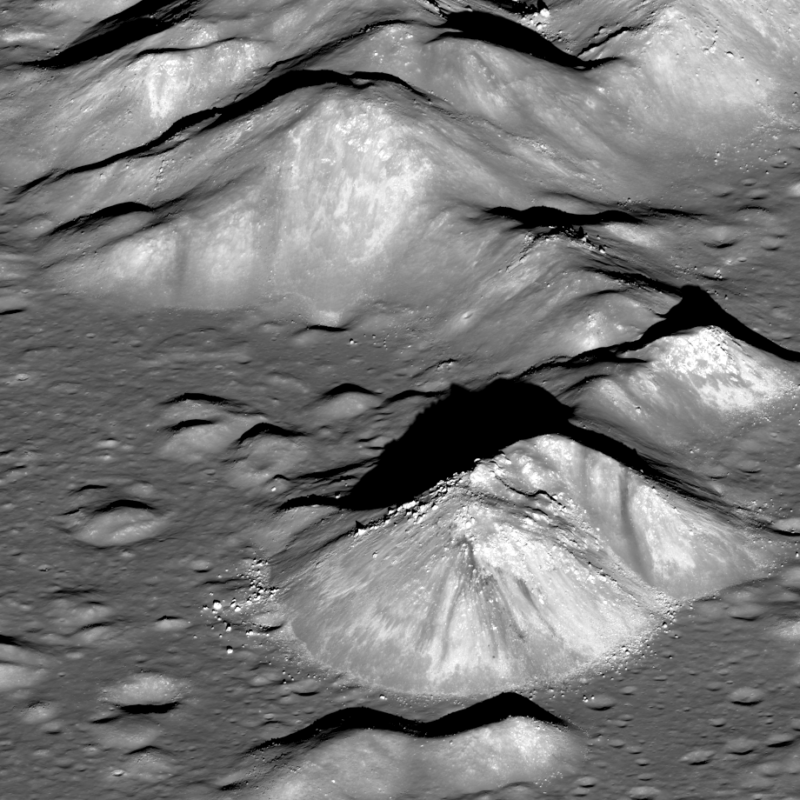
Conrad and Lousma would have been surrounded by grandeur. Copernicus Crater is arguably one of the most spectacular locales in the entire Solar System. Its jagged central peak towers nearly a mile above the crater floor. In the distance, the terraced two-mile-tall crater wall would have surrounded the astronauts on all sides, providing an intricate backdrop for their explorations. Over the past 800 million years, avalanches have left a sundry collection of hundreds of boulders at the base of Copernicus’ central peak. At 220 feet in diameter, the largest of these boulders dwarfs even California’s famous Giant Rock, the largest rock on Earth.
Despite misplacing an entire film canister, Conrad captured a selection of crisp and memorable images during Apollo 12. There is little doubt that he and Lousma would have returned home with some of Apollo’s most spectacular photography. Their expedition would have briefly recaptured the attention of a public which had grown ambivalent towards lunar exploration. Their photos of Copernicus would likely continue to feature prominently in today’s books and documentaries about the Apollo program.
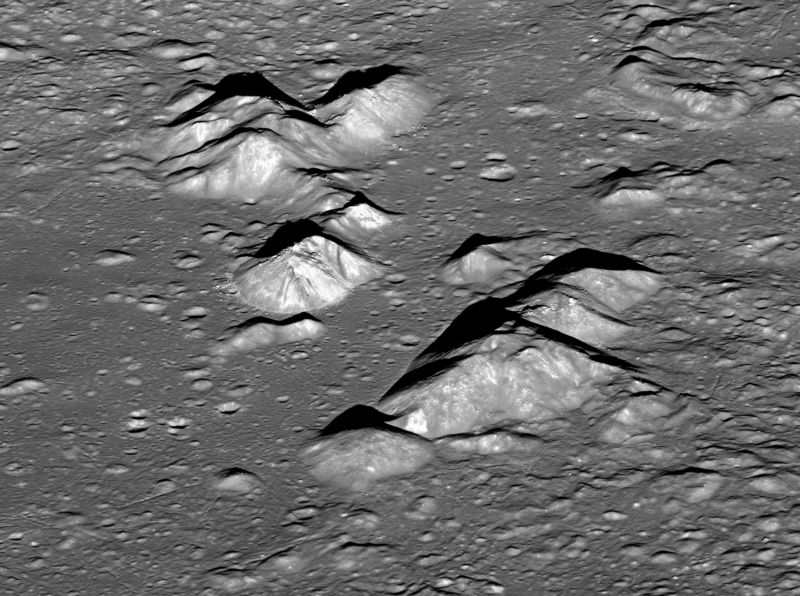
Beyond being a visual spectacle, Apollo 20 would have answered several major questions about the history of the Moon. The central peak of a complex crater contains material dredged up from deep within the lunar crust. Conrad and Lousma would have explored the base of Copernicus’ central peak and sampled the ring of boulders which surround it. Modern datasets indicate that they would have found several exotic rock types amidst this debris. These include the mineral olivine, which might be extracted from the lunar mantle, and pink spinel anorthosite, which is theorized to line the walls of magma chambers. These samples would have advanced some aspects of lunar science by decades. In addition, the astronauts would also have explored ponds of impact melt, which was liquified by the immense forces of the Copernicus impact. Finally, they would have visited several of the small mounds which are sprinkled across the floor of Copernicus. Today, scientists believe that they are buried pieces of impact ejecta, but during the Apollo era, they were thought to be small volcanoes.
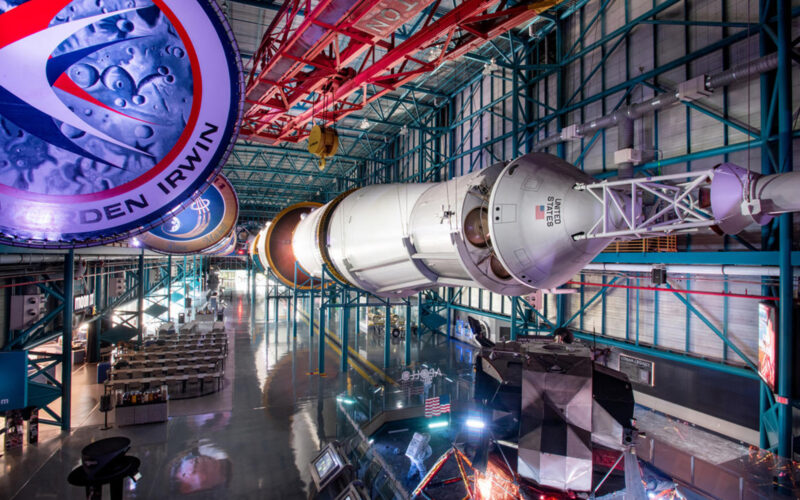
In reality, we can only speculate about the voyages of Apollos 18, 19, and 20. These missions would have introduced us to surreal lunar vistas, and their samples would have continued to yield scientific knowledge today. Today, the Saturn V boosters from the lost Apollo missions reside at NASA’s Kennedy, Johnson, and Marshall Space Centers. Perhaps that is the silver lining of Apollo’s premature demise. These rockets have inspired hundreds of thousands of young admirers, some of whom will enable the next era of lunar exploration. Through the Artemis program, NASA is hoping to develop an architecture which can enable routine, sustainable access to the entire lunar surface. Perhaps the “Artemis generation” of astronauts will eventually be able to enjoy the wonders which were denied to their Apollo forbearers.




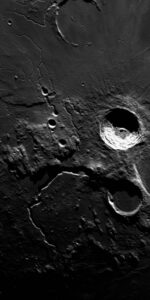
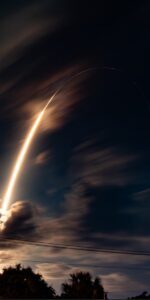
Ah yes, the Marius Hills Hole ! Found by Kaguya in 2009. A truly astonishing feature. I have done extensive research on that matter. https://forum.nasaspaceflight.com/index.php?topic=45457.0
Long story short: Lunar Orbiter 5 in its very last frames (214/ 215 / 216, August 18, 1967) missed the MHH by merely half a mile. https://www.lpi.usra.edu/resources/lunarorbiter/mission/?5
Feel free to send me an email if you are interested.
Yes, lunar skylights are fascinating, both for their scientific value and for their potential relevance for future exploration. Several years ago, there was a mission proposal called “Moon Diver” which would have explored the Marius Hills pit, but it was ultimately not selected for further development.